Narita City in Chiba Prefecture holds a lot of music events and it’s where Sound House is headquartered. These events are planned with the goal of energizing the local community, so they bring a lot of passion and are incredibly fun!
Among them, one that really caught my attention is the “Inzai Machinaka Music Festival,” held in the neighboring city of Inzai. It’s a community music event where performance stages are set up throughout the city, and musicians ranging from professionals to amateurs take turns performing.
I visited the event both last year and the year before, and the scale is seriously impressive! Just walking between all the venues takes about 50 minutes. For its fourth edition this year, more than 93 groups and over 500 performers are scheduled to take part.
How on earth is such a large-scale event run?? And why is it held in Inzai??
While I had these questions in mind, I got the chance to talk to one of the event organizers. I jumped in my car and made the 30-minute drive from Narita to the designated meeting spot!
A community-born music festival created by music lovers
We spoke with Mitsuko Sasaki, Chairperson of the Inzai Machinaka Music Festival Executive Committee, along with committee members Takashi Kimura and Hiroshi Muto.
Sound House (SH):: How did this event start?
Sasaki: It all began when my music friends, some of whom I’ve known for 20 or 30 years, and other volunteers involved in music activities around the city came together to form the Inzai Machinaka Music Festival Executive Committee. After more than a year and a half of preparation, we held the first festival. Since then, new people have continued to join the committee, and that's how it's kept going to this day.
SH: What kind of music connections are we talking about?
Kimura: Mostly people who were involved in public community center music circles or participants from a previous event that led to this festival.
SH: So there were previous festivals?
Sasaki: Back in 2000, we launched a music festival called the Inzai Band Festival. It started out as a homegrown event held in a gymnasium at a community center. The people involved weren’t just performers—they were the kind who enjoyed working together to make this event. That spirit behind it was what made it special. From there, a new event called Inzai BANDSTOCK was born, which eventually evolved into what is now the Inzai Machinaka Music Festival.
SH: So it’s thanks to this long-standing foundation that you’ve been able to host the festival on such a large scale?
Sasaki: Yes, I believe having trustworthy friends from those early days as part of the original organizing team was one of the reasons things went so smoothly. Some of those people are still active in the executive committee today, and others continue to take part as performers.
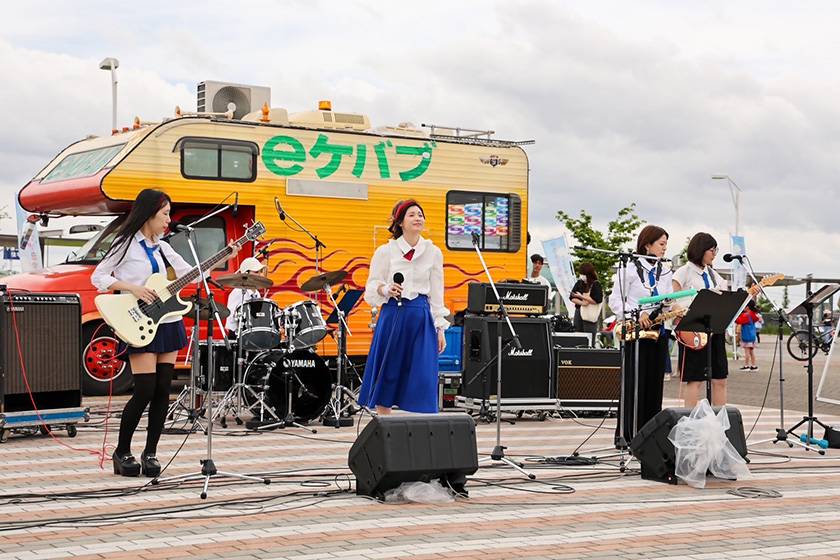
SH: There are twelve different stages, and I was really impressed that each one is fully equipped with proper sound systems.
Sasaki: Thankfully, over time, we’ve gained more and more friends who are knowledgeable about sound engineering.
SH: So even the audio setup isn’t outsourced—it’s all handled by everyone involved in the festival! Another thing that stood out to me was the wide range of musical genres among the performers.
Kimura: When we first started, I was working in the cultural affairs section at Inzai City Hall. That job gave me the chance to connect with people involved in various music genres within the city. When the COVID-19 pandemic hit and the music scene was deeply affected, I began to question whether we could just let things go on like this. So, I reached out to many of these people to hear their thoughts. The overwhelming response was, “We don’t want music to fade away. We don’t want to be in a situation where we can’t perform anymore.” A lot of people came together. This led to the idea: is there something we can do while avoiding the “Three Cs” (closed spaces, crowded places, and close-contact settings)? That’s when the idea of holding an outdoor event came up.
Sasaki: Having someone from the city government as part of our team was definitely a huge asset. It made communication with other departments, like the Lifelong Learning Division, much easier. Thanks to that, we were also able to quickly form bonds with people in genres we normally wouldn’t have much contact with—like classical and traditional Japanese music—and they all became part of the Machinaka Music Festival family.
Kimura: Even our very first meeting wasn’t a typical conference-style gathering—we all sat in a circle, like a drum circle each holding a djembe. Everyone came from different musical backgrounds, but we used that kind of tool to build communication and get to know one another better.
SH: You held a meeting while everyone was playing djembe drums? That’s incredibly creative!
A Unique Location Only Inzai Can Offer
SH: Still, the fact that the first event in 2022 already had ten stages and over 57 groups with more than 300 performers—that’s seriously impressive.
Mutō: Honestly, I thought it was too big for a first-time event. But, well, he planned it. [gestures to Kimura] (laughs)
Kimura: About the scale—I’m a huge fan of Fuji Rock. And since Fuji Rock had been canceled due to the pandemic, I started imagining how we could do a similar event in Inzai… and it just kind of ballooned from there. (laughs)
SH: So the Machinaka Music Festival was inspired by Fuji Rock?! That’s amazing!
Sasaki: Inzai City has these wide-open spaces, so when I heard the Fuji Rock comparison, it actually made a lot of sense to me. You don’t find cities like this very often.
Kimura: It really feels spacious. The sky just opens up above you. We actually went on scouting trips to some of the well-known music festivals around the country, but when they’re held in urban areas, you’re surrounded by tall buildings or you’ve got cars constantly rushing by.
Sasaki: You end up having to navigate with a map, searching for stages while weaving through buildings. In contrast, the kind of space we have in Inzai is something truly special.
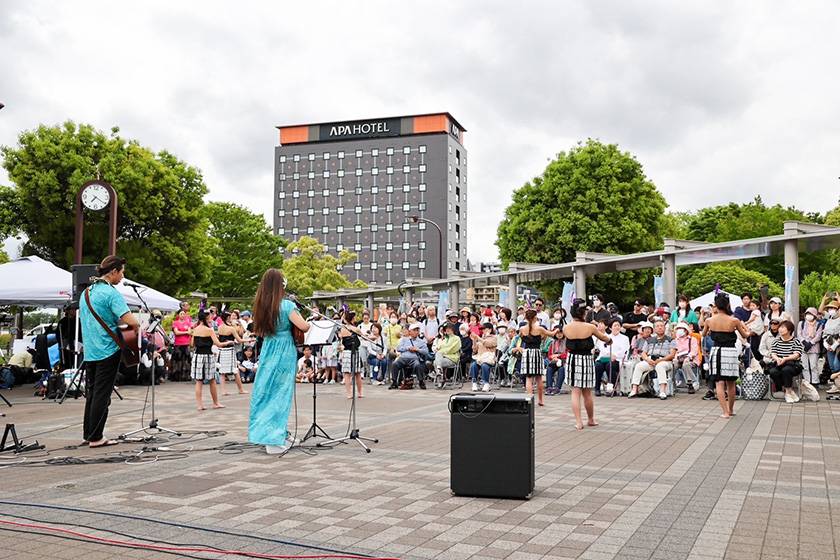
Homegrown Event Operation Style
SH: Is there anything unique about how the event is run?
Kimura: I think the biggest feature is that all the performers also help with the operations. In most events, the performers just show up and perform, right?
SH: So the DIY style from your earlier events has carried over. Does that mean participants also gather for meetings?
Kimura: Yes, we hold two meetings before the event—one in February and another in April. The first is a general meeting where representatives from each performing group come together. On the same day, we also have “stage meetings,” where performers assigned to each stage gather separately to discuss specifics. We even create LINE group chats where people post things like, “We’re short on equipment—can someone bring this?” or “Who’s going to transport which gear on the day?” or “Who’s handling MC duties?” The performers themselves divide the tasks for running the stage that day.
Sasaki: Of course, the executive committee takes the lead. But for things like decorations or making balloon prizes for the stamp rally, performers often volunteer. People are really proactive about getting involved.
SH: You’re also looking for volunteers. How do you go about recruiting them?
Sasaki: We work with the local Social Welfare Council Volunteer Center, which helps us reach out to local businesses and individual volunteers. We also make flyers and place them at nearby train stations, roadside stations, and other local spots. This year, we put in extra effort to expand the flyer distribution area!
SH: How has the response been?
Sasaki: We've had families join as volunteers, as well as high school students and local companies. Last year, we had around 70 people volunteer.
Mutō: Major companies with facilities in Inzai encourage volunteering among their employees, so that support has been a big help.
Sasaki: The volunteers come from all kinds of backgrounds. They had different nationalities, different upbringings, which makes it a really fun and diverse group.
Mutō: Many of them are experienced volunteers, so they often go above and beyond what we expect. For example, there was a time when an elderly attendee couldn’t find a place to sit, and a volunteer immediately stepped up and brought over a chair without being asked.
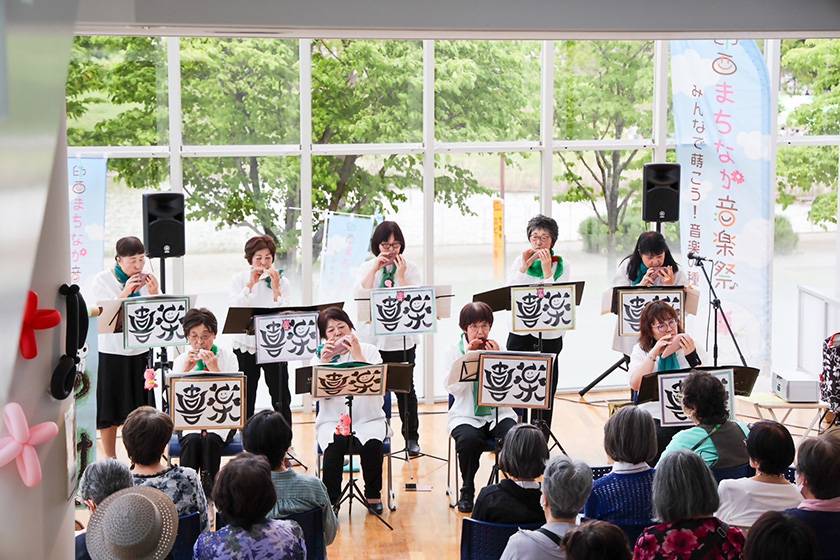
Future Plans for the Music Festival
SH: What kind of feedback have you received from the community after holding the festival?
Sasaki: At the time of the first festival, COVID-19 hadn’t fully settled down yet, so both performers and visitors had to be very careful—there were disinfectant stations and everyone wore masks. But even so, the people who came to watch told us how much fun they had and they said, “It’s been so long since I heard live music” and “I was so happy to see this musician play live again.” We received so many heartwarming messages.
Kimura: I think at that time, many other festivals hadn’t resumed yet.
Sasaki: Yes, music events were still mostly on pause. We’re really grateful to the city of Inzai for giving the green light on something that didn’t have a precedent.
SH: How would you like to grow the festival going forward?
Sasaki: Right now, we hold it in an area called Makinohara, but we’ve been hearing people say things like “You should do it in other areas too,” or “Hold it all year round in different places,” so I think we would really like to explore those possibilities moving forward.
Kimura: Well, it’s still only four years old, after all. (laughs)
Sasaki: We’re still in a constant process of trial and error. New challenges constantly come up. And ideally, we would love to see more young people joining the organizing committee too. It would make us really happy if the Machinaka Music Festival could continue for many years and continue to evolve. This is actually one reason why we created a stage just for high school students this year.
Kimura: Yeah, we ended up adding yet another stage! Four local high school rock bands will be performing!
SH: What’s the youngest age among the performers?
Kimura: We had a kindergartener doing a solo singing and guitar performance. There are a lot of elementary school kids too—and they’re really good! As for the oldest participant, I think we had someone around 90 years old.
Sasaki: There’s even someone who joined as a high school student, moved away after becoming a working adult, but still continues to be part of the organizing committee.
SH: That must feel amazing!
Sasaki: I hope this becomes an event where people feel they can always return, even if they step away for a while. In fact, there are people who have told us, “Now that my kid is older, I can join again!” I want us to keep planting those kinds of seeds.
Kimura: When we hear feedback from the local community, many say that when they casually go out and hear music being played, it brings joy to their children and puts adults in a good mood. Music and rhythm have a powerful effect on human emotions, so one of our main goals has always been to let people experience those positive feelings through live performances. Over time, I feel like the idea has really started to take hold.
Sasaki: What we’ve learned over the years is that there’s a big difference in how people perceive the event depending on whether they know about it beforehand and come to listen to the music, or if they hear it unexpectedly. So, making sure we let people know in advance about the festival has become really important. We make sure to put out flyers and take other measures.
Kimura: We also make these posters and flyers ourselves as a committee. We’ve had some creative members join, like designers and photographers, and we’re really grateful for their help.
Sasaki: Even small things like the pin badges and other merchandise are all designed by the committee members.
SH: It’s a music festival, but you’ve got so much creativity going on beyond the music!
Sasaki: We try not to overdo it, though. Our goal is to enjoy it, but not be too ambitious, and keep things going steadily and harmoniously for a long time.
Interviewer: Thank you so much, President Sasaki and Mr. Kimura, for your valuable insights!
As the interview was wrapping up, we received some new official merchandise!
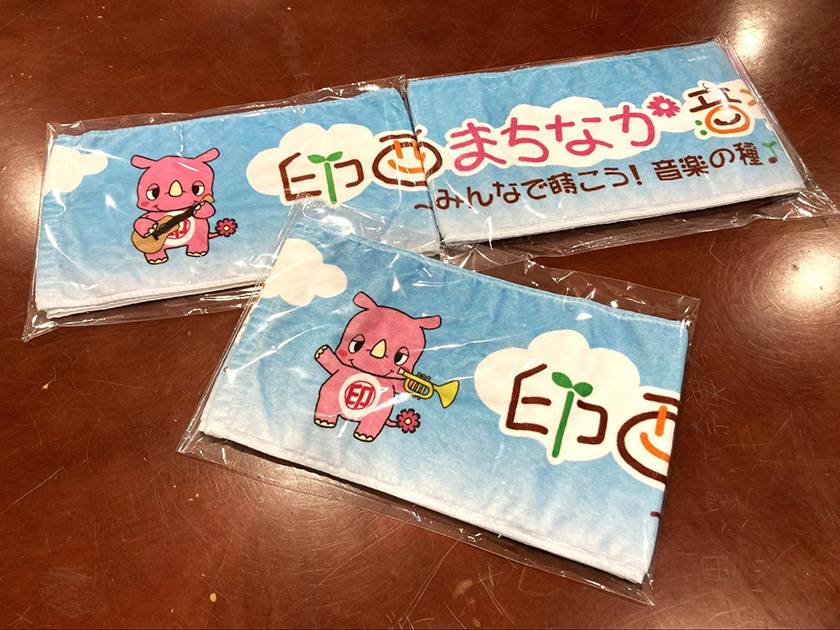
The pink character is "Inzai-kun" from Inzai City. There are three different designs based on different instruments. The designs really show the committee’s enthusiasm!
For those who want to fully enjoy some live music, or for anyone thinking about joining the event next time, be sure to check it out! The next event will be held on May 11, 2025, after Golden Week.
■ Event Details: ■
The 4th Inzai Machinaka Music Festival - Let's plant seeds together! Seeds of Music♪
Sunday, May 11, 2025, from 11:00 AM to 4:45 PM
(Opening Ceremony will be held at 10:30 AM at the North Entrance Plaza)
Location: 12 stages around Inzai Makinohara Station
Admission: Free
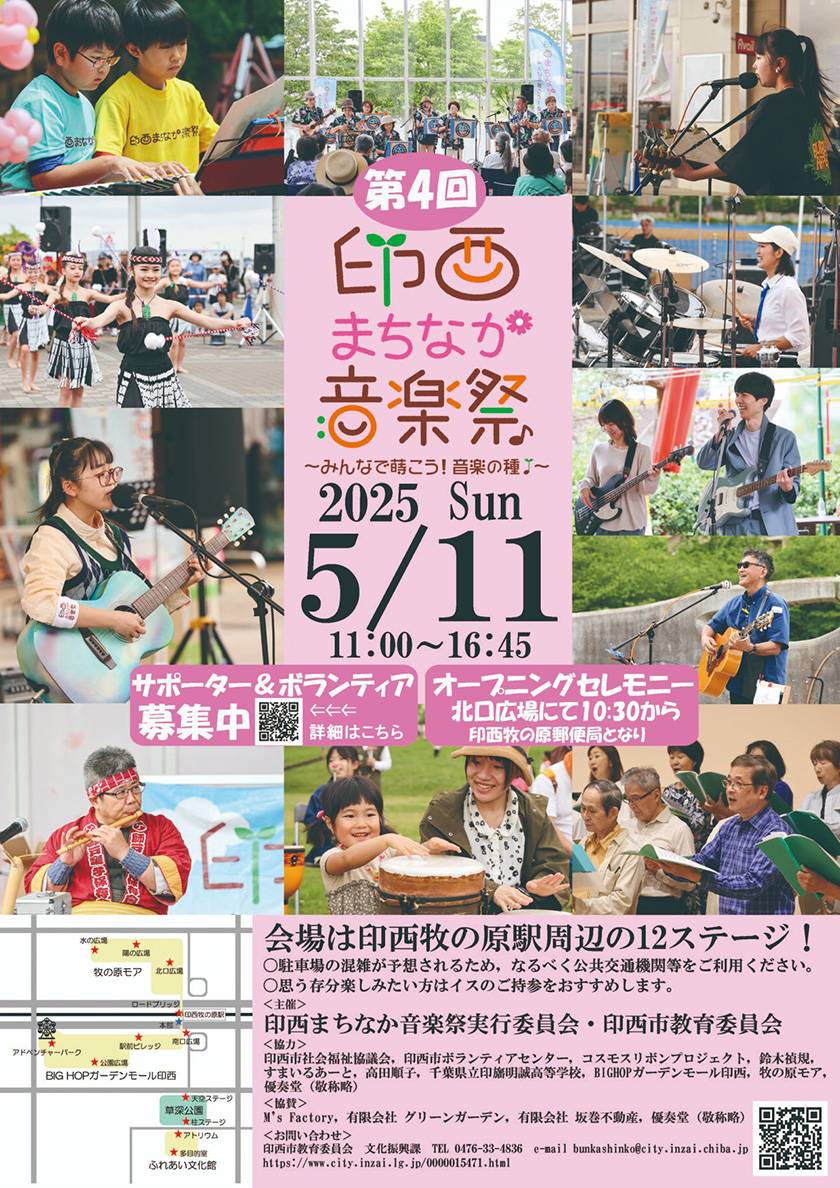

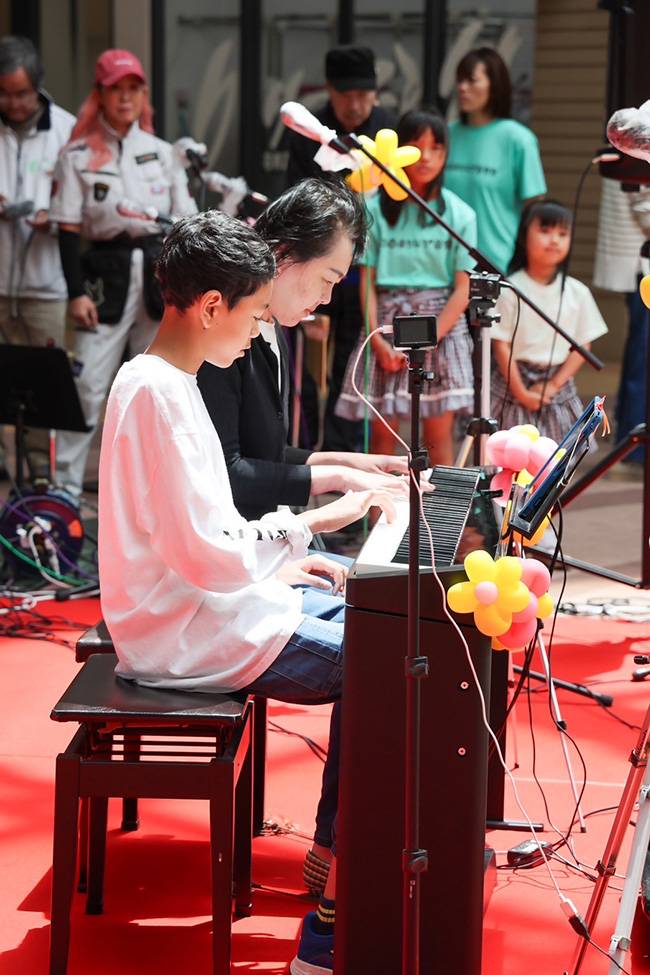
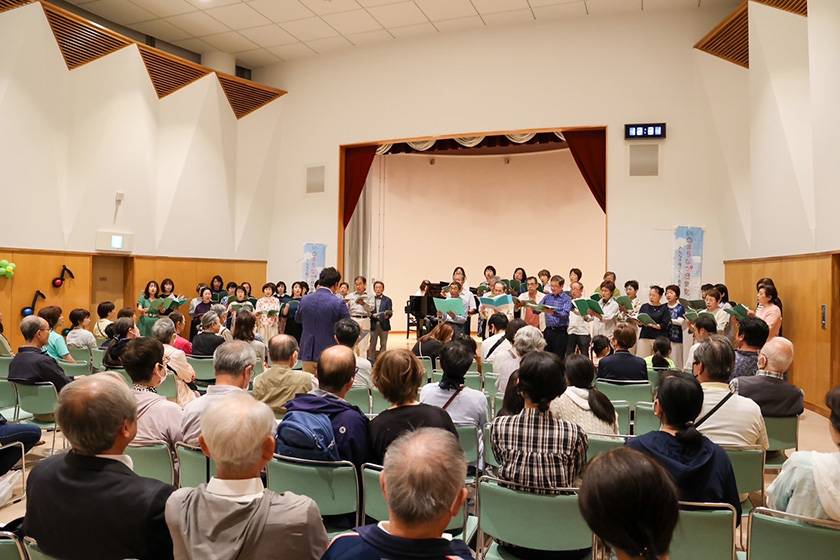
Image provided by: Inzai Machinaka Music Festival Executive Committee






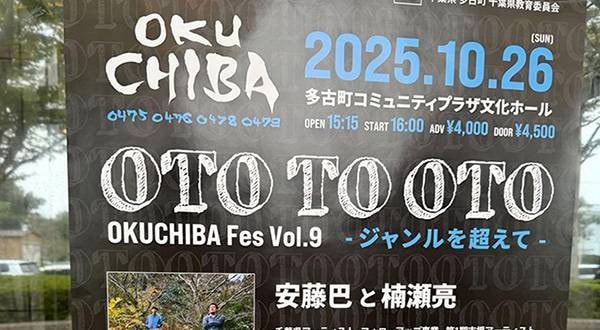
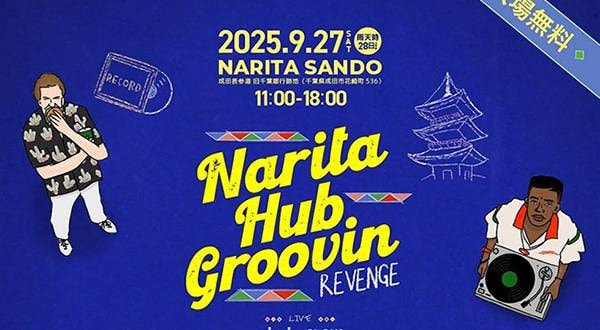

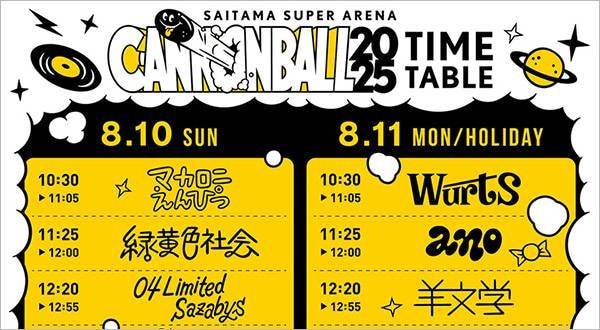

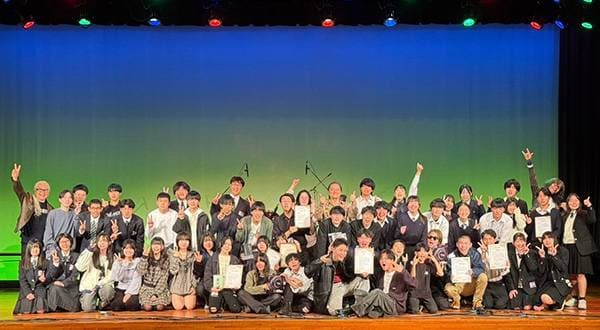
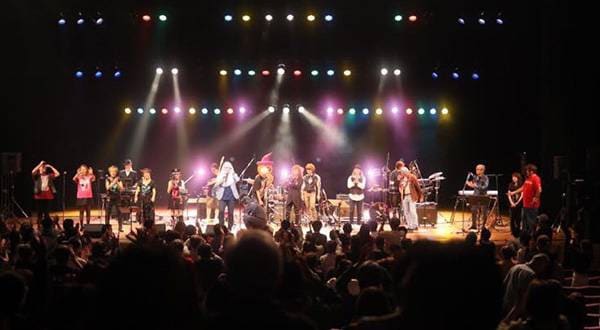
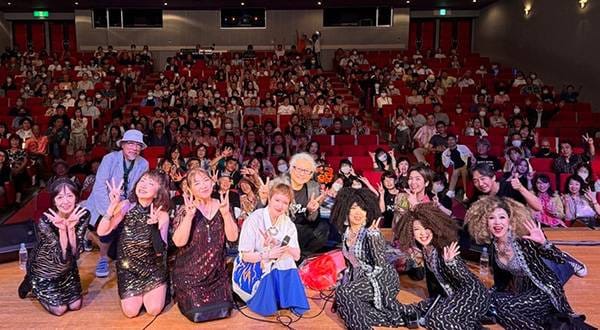
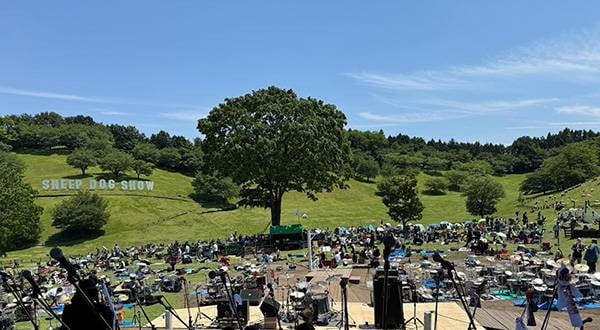
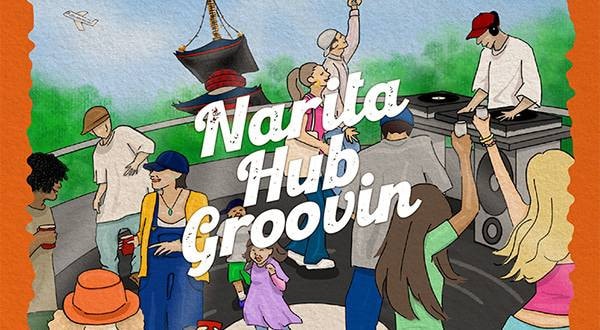
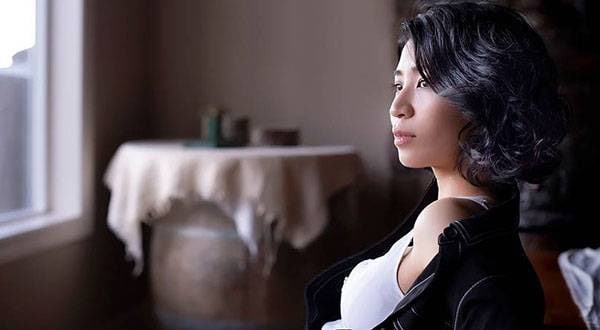
 「鶴音」「さうんどはうしゅ」で日本を元気に
「鶴音」「さうんどはうしゅ」で日本を元気に
 ミュージシャン数珠つなぎ インディーズバンド編
ミュージシャン数珠つなぎ インディーズバンド編
 音楽好きSNSアプリ SOUND NAVI
音楽好きSNSアプリ SOUND NAVI
 サウンドハウスは高校生にききたい!!
サウンドハウスは高校生にききたい!!
 音楽フェスをご紹介
音楽フェスをご紹介
 キャンプしよう!キャンプinフェスでも活躍!アウトドア特集
キャンプしよう!キャンプinフェスでも活躍!アウトドア特集















